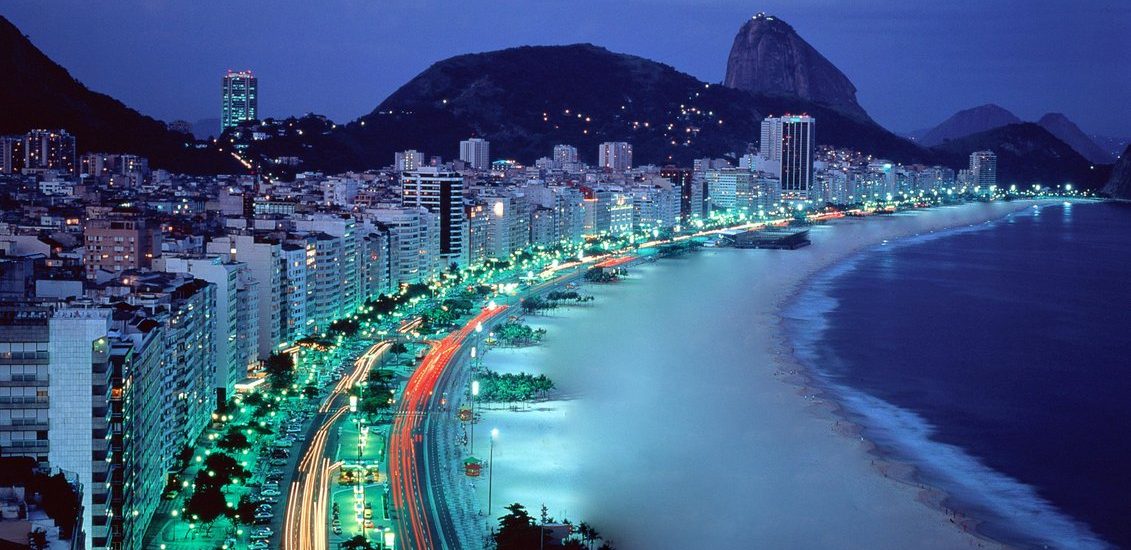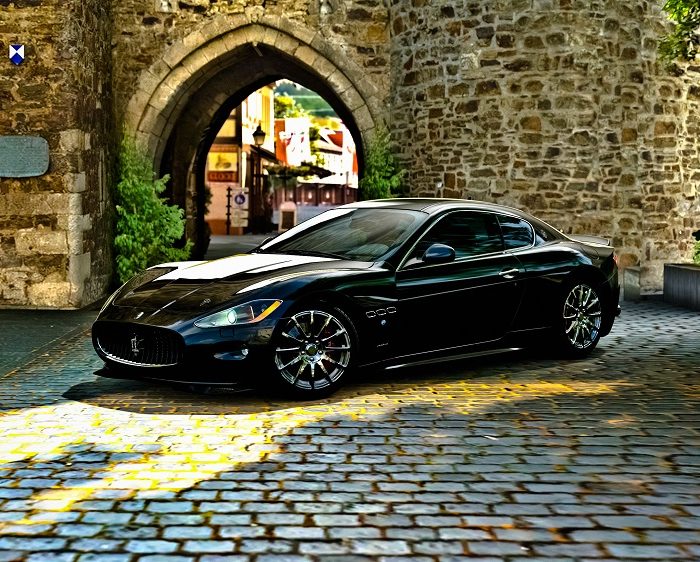Renting a car in Brazil
As the largest country in Latin America, Brazil is a state where travelling by car is optimal only in local areas. For example, sightseeing is possible only in the south, or just in the east of the country, along the Atlantic coast, etc. Otherwise, the crossing of a long distance (when the total length of the country roads is 1.6 million km) will tire the driver, who has to drive all day. Nevertheless, it is quite possible to visit Brazilian national parks, famous beaches, old towns and reserves, on wheels. Let’s try to figure out how we can do that more convenient and cheaper.
Brazilian roads: be prepared
Brazil is divided into coastal area and mainland, and also as standard into southern, eastern, western and northern territories. The most comfortable and well-maintained highways are in the coastal area (along the Atlantic coast) and in the south of the country.
No more than 10% of Brazilian roads are asphalted. There are toll roads (with payment for every 35-70 km) and free ones. You can pay in cash and with VISA card. There is no equal rate for travel.
The region where the Amazon flows (very popular with tourists) is only available for SUVs, as gravel and dirt roads prevail there. It is especially difficult to travel during the rainy season, from November to March, when the road surface softens from moisture. In addition, highways often cross mudflows. Their power is such that the car carries away from the road like a sliver.
Especially for motorists Brazilian newsstands sell Guia 4 Rodas handbook, reporting on the traffic and condition of the highways at the moment. A warning that a car stuck in the mud can get in sight of representatives of the local fauna, including crocodiles, is necessarily published there. So there will be enough extreme for drivers who risked visiting the Amazon during the rainy season.
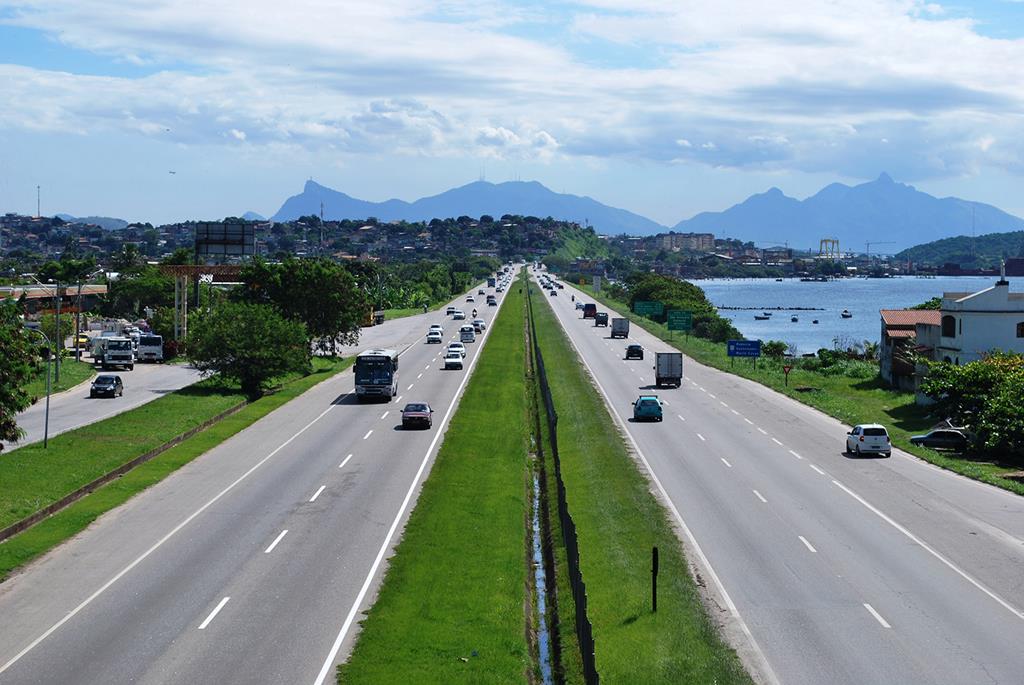
The most dangerous Brazilian route is the Trans-Amazonian Highway. It was built almost half a century ago. Climate conditions in the area make it impossible to build a good autobahn. Therefore, mainly trucks travel on this highway, regularly falling into mud traps. There is a right-hand driving in Brazil.
The general condition of Brazilian roads and not very scrupulous observance of traffic rules by local residents lead to the fact that every year 42 thousand people become victims of road accidents. This is a very high rate of road traffic deaths. Therefore, if you have an opportunity to travel by train, bus or metro, try to avoid driving by car.
Traffic regulations in Brazil
Brazilian traffic regulations are quite similar to European ones. But local residents largely don’t always observe them. Many of them hurry, provoke accidents and cause congestion, which you can get into even late at night. The most frequent examples of ignoring the traffic rules are running a red light and speed violations. But there is also driving on the wrong side, as well as not keeping the distance. Quite often there are situations when a car traveling behind approaches a distance of literally an inch.
It is rare to meet traffic policemen on the Brazilian motorways. But traffic cameras and radars are located everywhere. This means, that every violation of traffic regulations is noticed.
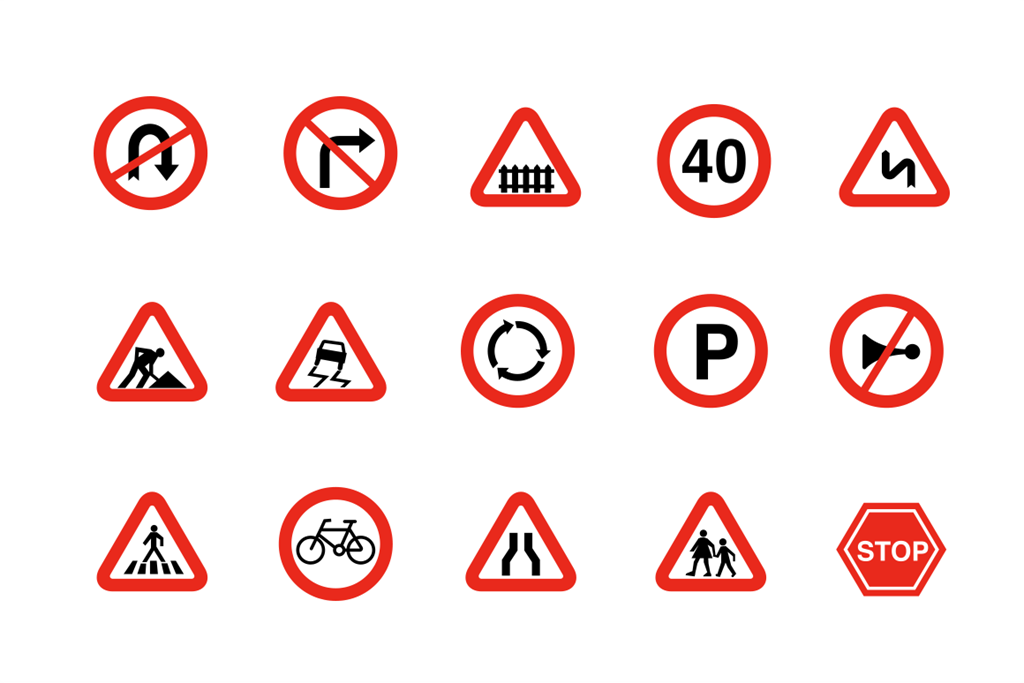
If the driver is stopped not by the traffic police, but by the federal one (this also happens), in addition to inspecting the car and the standard procedure of drawing up a protocol for the fines, there will be a thorough checking of documents.
A large fine is not a final punishment for a driver who violates traffic regulations. Penalty points are also computed. Achieving a certain limit leads to the disqualification from driving. After this, the driver will have to take all the exams again as a beginner.
CET civil organization helps to manage transport flows. Its employees are very professional. They always help drivers in various accidents, when it is required to navigate in the traffic, including intersections with broken traffic lights.
By the way, people here, understanding that it is difficult to immediately get used to Brazilian roads, are quite loyal to foreigners. Sometimes they even can’t write a ticket for the first violation. However, you shouldn’t abuse hospitality.
Since there are a lot of cars in the country, the situation with the tensions of Brazilian highways is solved in a very original way. In the period from 7 a.m. to 10 a.m. and from 5 p.m. to 8 p.m., only those drivers whose license plate ends with the permitted number can use the roads.
For example, some cars the number of that ends with 1 and 2 can’t use some roads on Monday. On Tuesday, entry is prohibited for cars with numbers ending with 3 and 4, and right up until Friday. There are no restrictions on Saturday and Sunday. Any violation of such traffic regulations are punished with a fine of $50.
A parking space in the center can cost 3-5 times more expensive than one on the outskirts of the city, reaching $10. There are many underground parkings. Motorcyclists and cyclists park apart. If there you see a large white road sign with an E, crossed with a red, it is not allowed to park in such a street at all or at certain hours (the sign tells when).
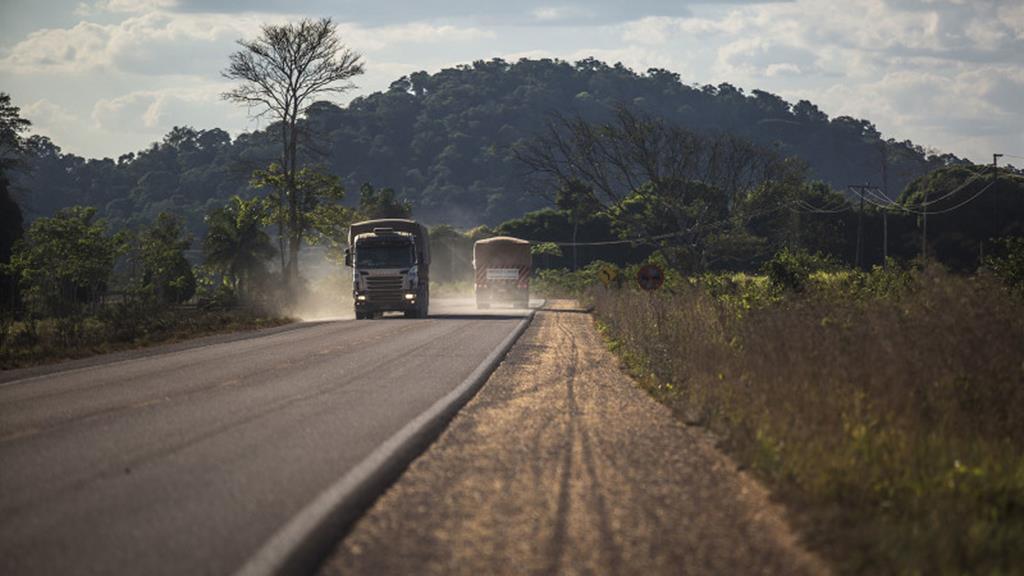
But you can buy a so-called ‘parking card’ in any stall. The driver establishes its cost according to the period for which he wants to park the car. One parking hour for this card costs $2. A road sign with the “azul” mark will tell you where you can park with a card. Then, the driver writes the arrival time on it and places it under the windshield. After two hours (the standard for such parking lots), you must leave the parking space.
You should remember that there should be no alcohol in the driver’s blood at all. If there is a person in a state of intoxication at the wheel, and he is stopped by the patrol officers, a punishment will be $600 (and disqualification from driving for one year).
Everyone who is in the car must wear seat belts.
Speed limits are:
– in town – 40-60 km/h;
– open roads – 90-100 km/h;
– motorways – 110 km/h.
A $50 fine is charged for talking on a mobile phone.
Despite aggressive driving, locals are friendly and glad to consult visitors. You can ask them about convenient route or bypass of a dangerous stretch of the motorway.
It is better not to travel around the country at night. You can not notice a road hole or a speed bump, and there is a risk to run into robbers.
How to rent a car more conveniently
It’s better to reserve an auto in advance. Global car rental companies, such as Hertz, Avis, National, refer themselves to the elite, and renting cars in them is more expensive. Local rental firms are more modest, just like their financial requests. To rent an automatic transmission car costs on average 300 reals per day, a full tank – about $130, and a deposit (which is blocked on the card) is 3 thousand reals. But you can find a modest option – the most widespread category of rental cars, almost always available, is the cheapest one – a standard model with a 1000cc engine. That is, one without power steering and air conditioning. The approximate price is 40 reals per day plus not more than 0.5 reals per kilometer, or about 100 reals per day without mileage restriction. Any additional requirements for configuration cause a notable increase in price, and even hinder the search.
Also, when renting a car, insurance is drawn up for about $10-13 per day.
An international driving license is the only document that is necessary for renting a car.

The driver’s age must not be less than 21 years.
There are several large network companies throughout Brazil that have a lot of local competitors in the most crowded places. All of them usually work from 9 a.m. to 4 p.m., and around the clock at airports. If you have to return the car not in the place it was taken, you will pay one extra real for each kilometer of return delivery.
In Brazil, it is not accepted to stop for the night right on the roadside or surrounding open areas. Someone can easily break a window and filch a valuable thing right at the traffic light in the afternoon. Therefore, make sure you draw up an insurance.
Places to visit in Brazil
Of course, waterfalls are in the first place! The famous Iguazu are located on the border of Argentina and Brazil. The ecosystem of waterfalls is protected by UNESCO.
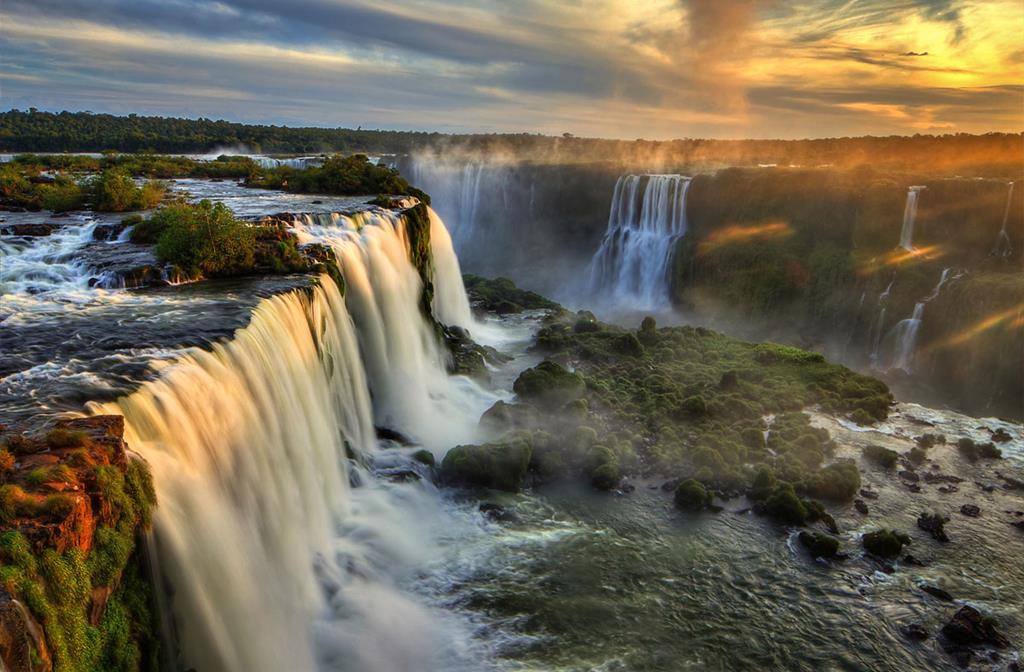
There is one of the seven wonders of the world in Rio de Janeiro – the statue of Christ the Savior (Christ the Redeemer). It has been a visiting card of the city since 1931.
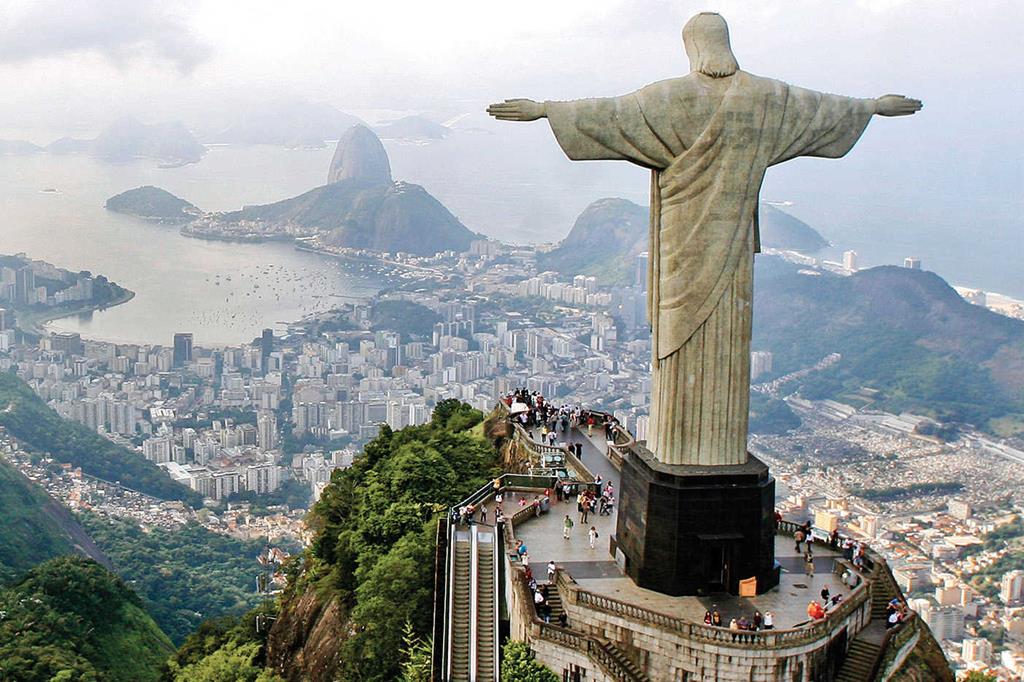
One of the symbols of Rio de Janeiro is Sugarloaf Mountain. Located near Guanabara Bay, this 396-meter-high mountain is an excellent viewing platform. You can reach the mountain on foot, on a cable car or one of many climbing routes.
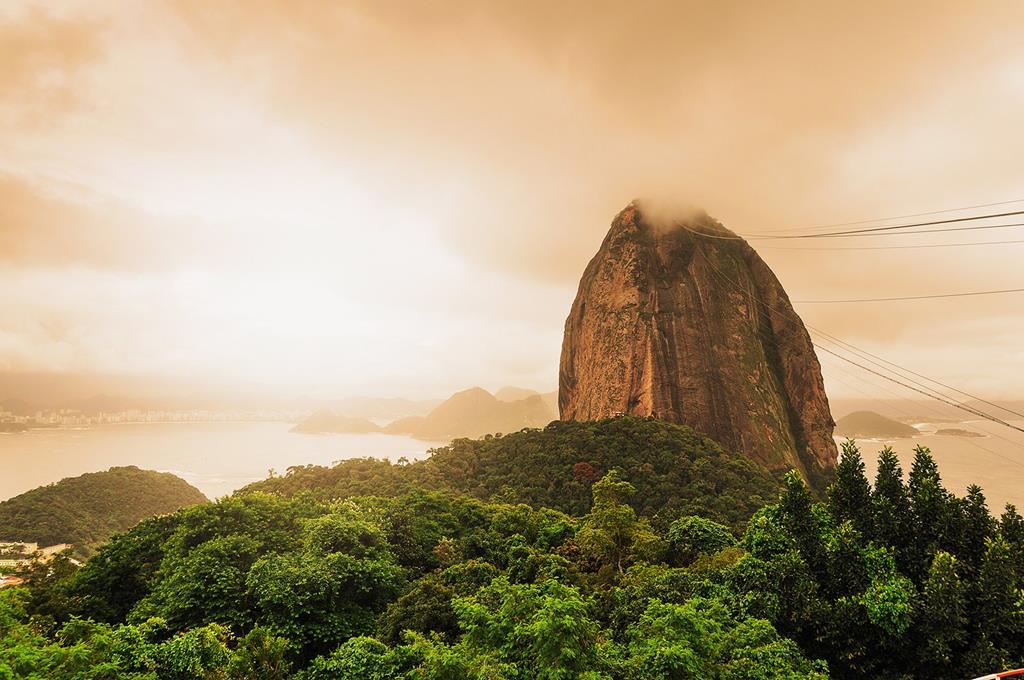
The sandy beach of Ipanema in Rio is considered to be the most comfortable, safe and quiet (without huge Atlantic waves).
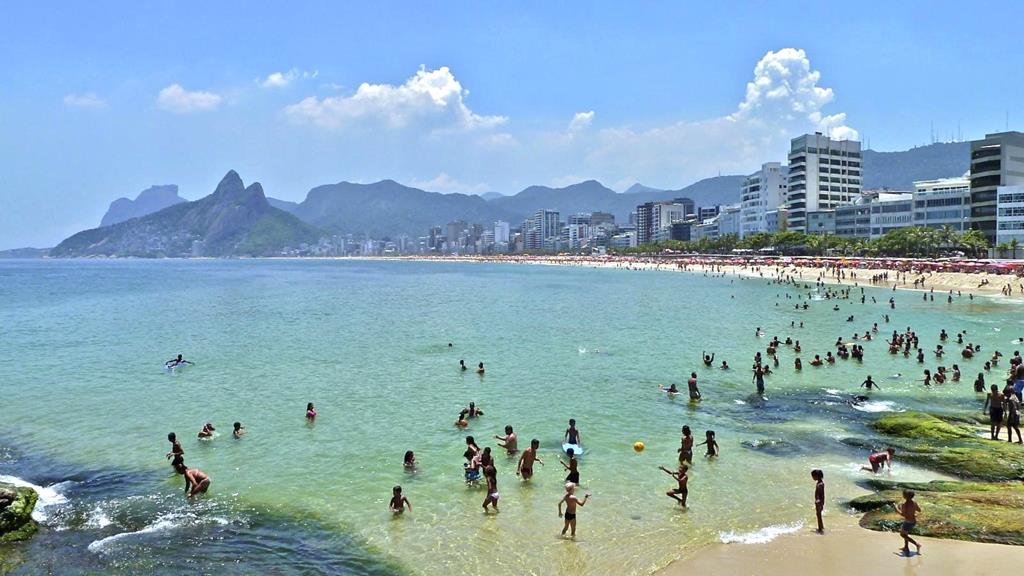
The famous Copacabana beach is also located in Rio de Janeiro. This four-kilometer recreation area has been repeatedly used as a concert venue. Rod Stewart, Elton John, Mick Jagger and Lenny Kravitz performed here. A lot of coastal hotels, cafes, disco and casinos make a holiday in Copacabana truly unforgettable.
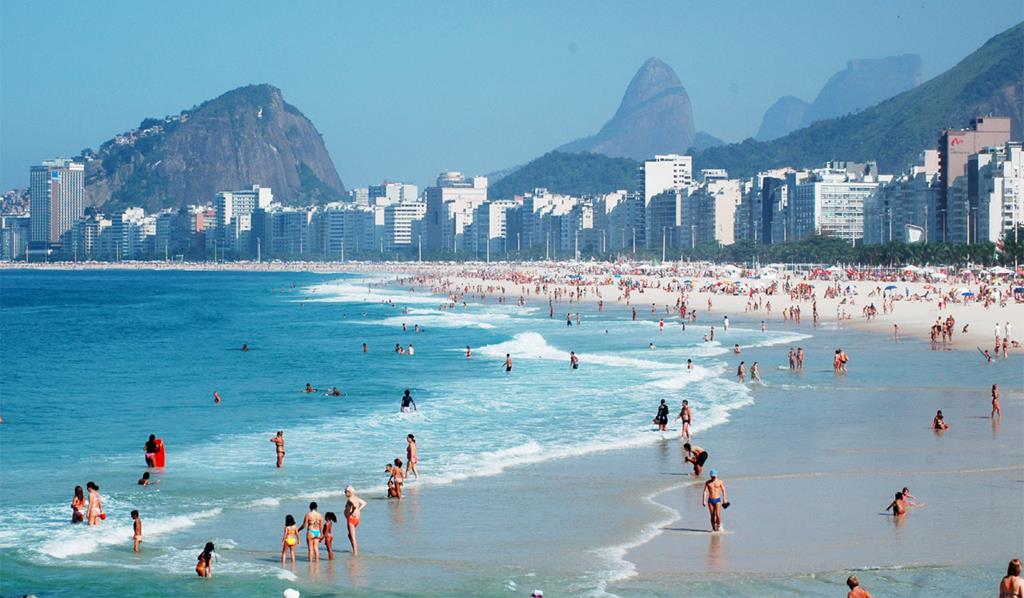
The city of Ouro Preto is filled with the colonial baroque masterpieces. Architecture is beautifully preserved, and the old city itself is very picturesque.
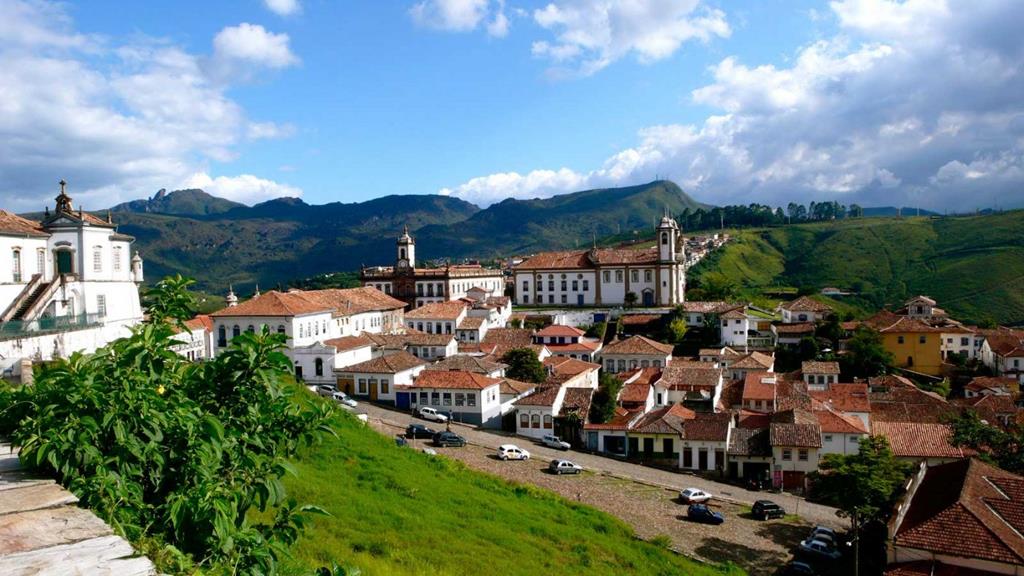
Serra da Capivara National Park, which is under the protection of UNESCO, with the territory of more than 120 thousand hectares, is located on the north-east part of the country. The park is valued especially for its unique rock engravings, dated to the 14th century BC. There are 64 archaeological areas in Serra da Capivara; 14 tourist paths lead to them.

The historical center of Olinda is included in the UNESCO list. It was laid as early as the 16th century by Portuguese colonialists.
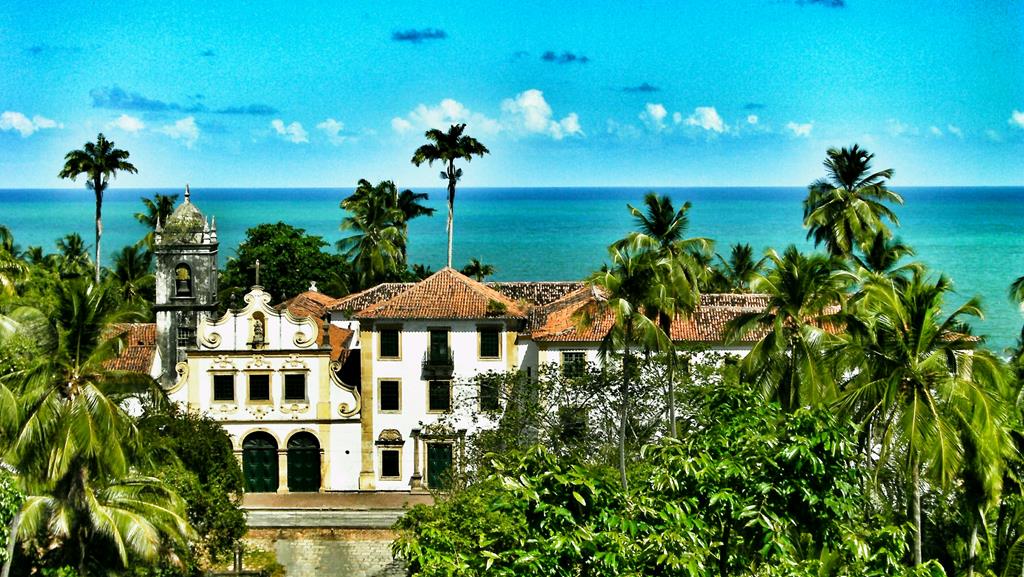
The Pantanal is a wetland reserve, inhabited by giant butterflies, rare birds and animals. You can book an excursion in Cuiabá, the most visited city of the Pantanal. In addition to the usual entertainment in this reserve, you can go fishing for piranhas or take part in a night safari on boats.
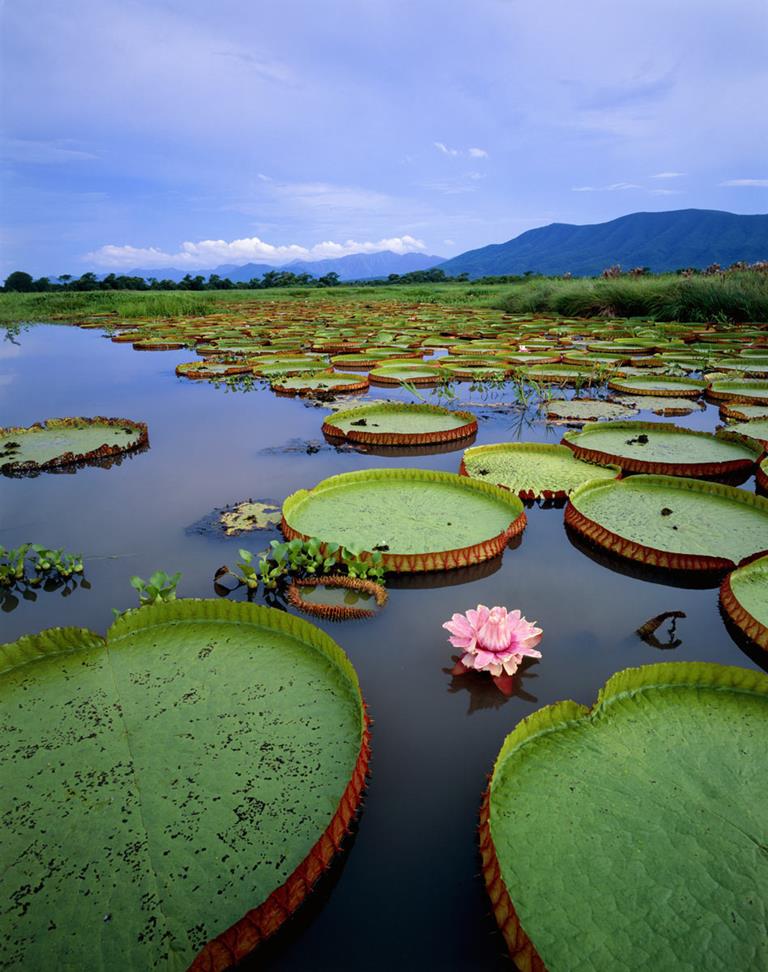
The historical center of Salvador da Bahia is also included in the UNESCO List. Here tourists should visit Pelourinho square, the local cathedral and the Elevador Lacerda.
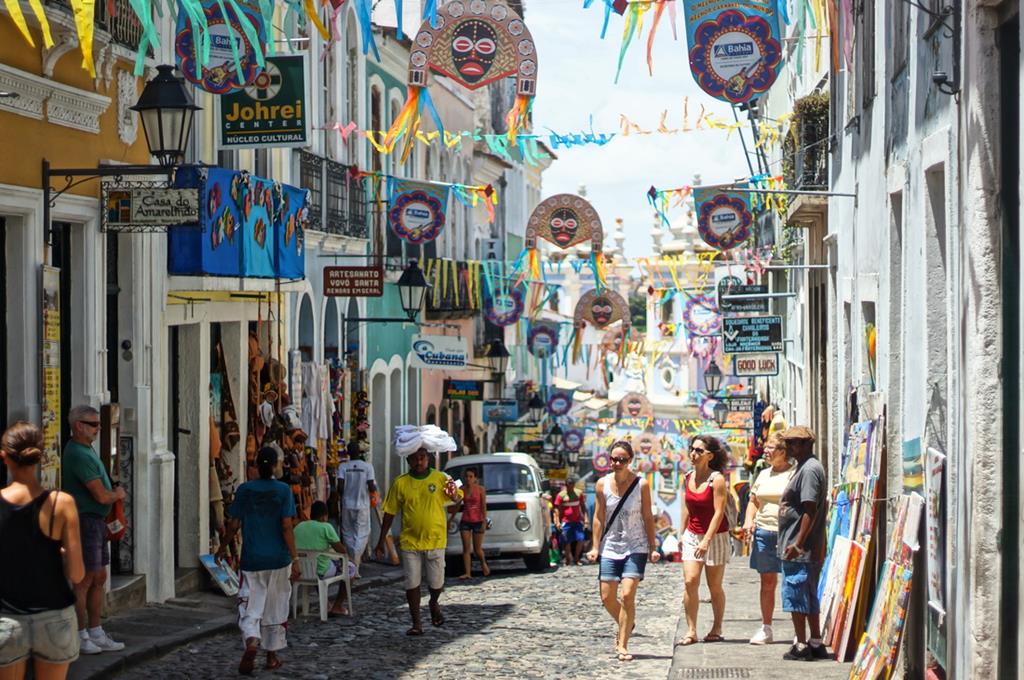
Generally, listing of Brazilian attractions will take a long time. But the rented car will allow you to visit at least the main. Do not miss this opportunity and enjoy Brazil through the car windows.
If you remember, to rent a car you need an international driving license. It’s not difficult to apply for it, and you can do it right on our site. You are welcome.

